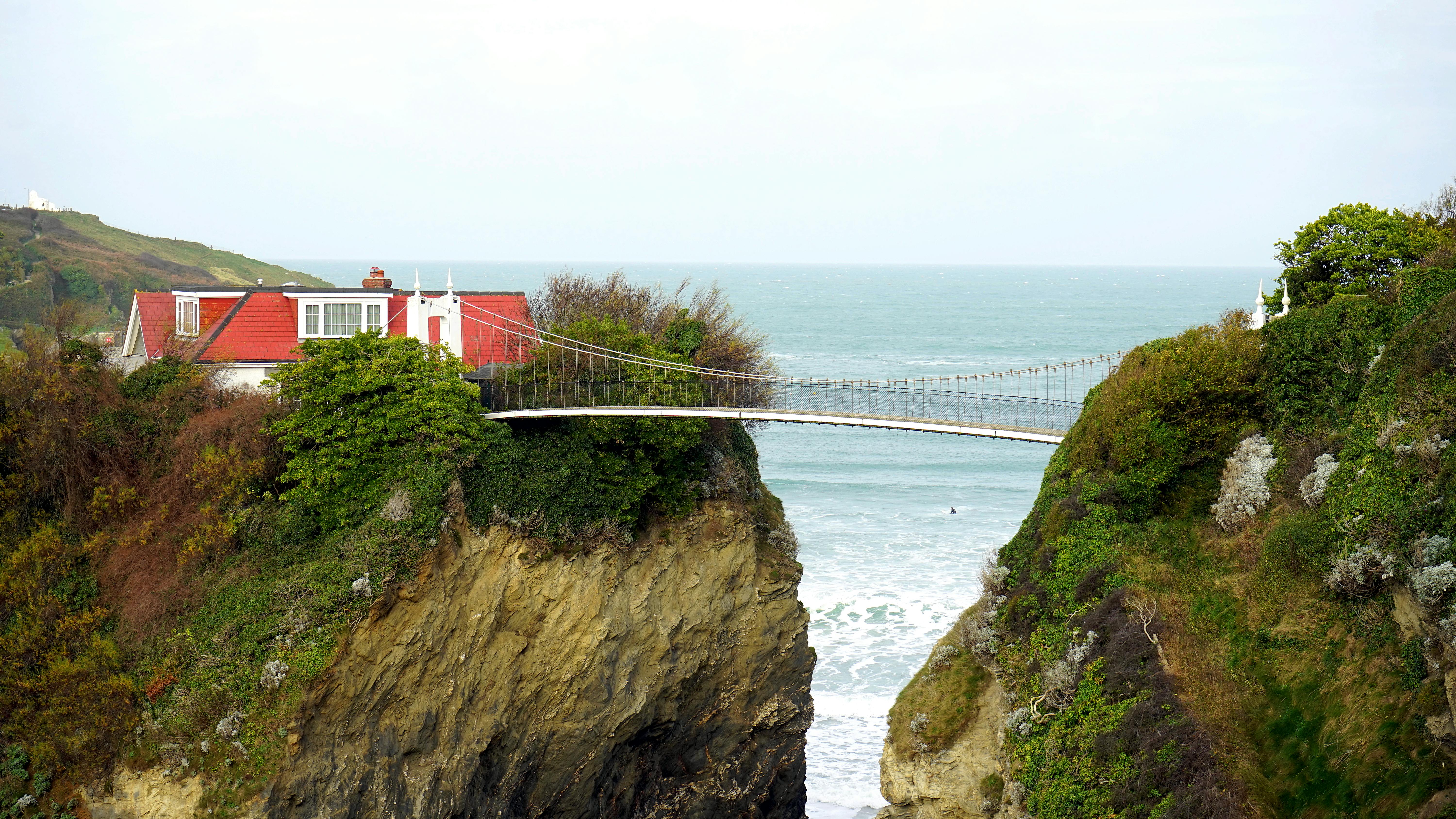
Historic Stones: Prehistoric Montana Rock Art
I am fascinated by pictographs and petroglyphs. Is it 10,000-year-old graffiti or a sacred magical symbolic code, a treasure map, a historian’s guidebook in historic stone?
In 1806, during their historic journey through Montana, the Lewis and Clark Expedition found several signs of the first inhabitants of this great land. The tribes that lived in this area, as well as the nomadic tribes that followed the bison herds across the Great Plains, inscribed pictographs and petroglyphs on the rock faces. From Clark’s Journal “… upon the face of this rock the figures of animals.” For an archaeologist there is a clear difference between pictographs and petroglyphs. Pictograms are intricate designs painted on a hard surface, petroglyphs are chiselled or carved into the rock surface.
The cave walls and cliffs bear witness to the travels, hunts, and brave exploits of prehistoric hunters and their historical American Indian counterparts who inhabited the caves sporadically over a period of nearly 10,000 years. These early Montana residents left behind a rich legacy of artifacts and painted images that many feel have magical significance; evocative and mystical, they ignite our imagination and connect us with our past.
Distinctive remnants of the past can be seen along the Sun River, the Smith River, in the Little Bear Mountains, Lewis and Clark National Forest, and many other historic places in Montana. Kila, Montana, near Kalispell is another site of outstanding depictions of warrior, buffalo, and tribal culture. In Kila there are two sites with hundreds of images. Hellgate Canyon, a narrow pass from the Missoula Valley to the plains, is an impressive sight of the Indian petroglyphs that adorn the canyon walls. In neighboring Idaho north, extensive historic stones are found on the shores of Lake Pend Oreille.
Most of the American Indian tribes in Montana created forms of rock art. Anthropological researchers interpret many of the drawings as a kind of calendar to mark important dates, documentation of successful hunts, and drawings of battles or acts of courage. A handprint is one of the most common marks to represent the creator, similar to our current practice of signing our signature. These early artists would place their hand against a rock and then, using a reed or hollow feather, they would blow liquid dyes around the hand to trace its outline.
These early tribal artists also used delicate brushes made of feathers, twigs, animal hair, and small bones. Many paintings have been inscribed with sharp engraving tools. Pigments were made from crushed minerals, clays, and charcoal mixed with animal fats, plant extracts, and blood.
Many of the paintings were made to seek the favor of the gods, protect the tribe and, by telling their stories, educate the youth. Located about 13 miles from Billings, Montana Pictograph Cave State Park documents life before Native Americans or white men set foot on the land that is now Montana.
The drawings at Pictograph State Park are believed to be over 2,000 years old. More than 30,000 artifacts that tell about prehistoric life, hunting, and social structure have already been recovered from this amazing site. Images of warriors, wildlife, and tribal rituals tell a complex story of life thousands of years ago. The paintings are open to interpretation. We will never know exactly what happened all those years ago, but rock art gives us a glimpse into the culture of prehistoric man. The two main caves, Pictograph and Ghost Cave, were home to generations of prehistoric hunters. Middle Cave does not reflect signs of habitability.
The scientists also exhumed the skeletal remains of at least nine people in and around the area around the caves. This included one unfortunate individual who had been crushed by falling rocks. Several of the human bones recovered from Pictograph Cave State Park have the same teeth and burn marks as the bison bones found in the caves. These burn and bite marks have led anthropologists to speculate that these prehistoric residents practiced cannibalism.
In the early 1900’s the “Indian Caves” were known to many people as they were located along a frequented route between Billings and the town of Coburn, located on the Crow Indian Reservation. The curious would often stop and explore the caves and rest for a while on their journey. A spring of fresh, cold water and pleasant shade made the caves a popular camping spot for travelers.
Although decades of people living around Billings were familiar with the caves, they didn’t realize it until 1936 when a group of amateur anthropologists unearthed deposits of prehistoric artifacts from the cave floor. In 1937, the Montana Highway Commission purchased the site to preserve this impressive piece of history for future generations.
Another remote area in southern Montana has a large amount of historic stone. Weatherman Draw, also known as the “Valley of the Chiefs,” a historic two-mile stretch, hides numerous multicolored depictions of people, shields and animals that scientists believe are more than 1,000 years old. The mystical depictions are considered the best-preserved examples of rock in the High Plains. More than 10 Indian tribes occupy the sacred area. Threatened by oil drilling in the late 1990s, the site is now preserved thanks to a donation to the National Trust for Historic Preservation.